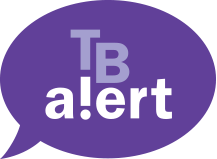TB Alliance and its partners have launched the World’s first child-friendly tuberculosis (TB) medications. The improved treatments are the first to meet child dosage guidelines set by the World Health Organization (WHO) in 2010. They are dispersible and palatable, simple to administer and affordable.
At least 1 million children become ill with TB each year and 140,000 children die of this curable disease. Infants and young children are at special risk of having severe, often fatal forms of TB, which can leave them blind, deaf, paralyzed or mentally disabled. At least 1 million children have TB and 400 die each day from the disease. To date, children around the world have not yet had access to appropriate TB medicines.
Children need different doses of TB medicines than adults. Currently, parents and care providers approximate the correct dose for a child by crushing or chopping available drugs. This gives the medication a bitter taste and usually results in imprecise dosing. This makes the treatment less effective, leading to poor health outcomes and the development of more difficult to treat drug-resistant TB in children.
The new TB medicines are improved formulations of the three most commonly used drugs to treat drug-sensitive TB (rifampicin, isoniazid, and pyrazinamide). They are simple for providers and parents to administer and easy for children to take.
Read the TB Alliance press release
Sign the petition to call on World leaders to do more to tackle childhood TB
